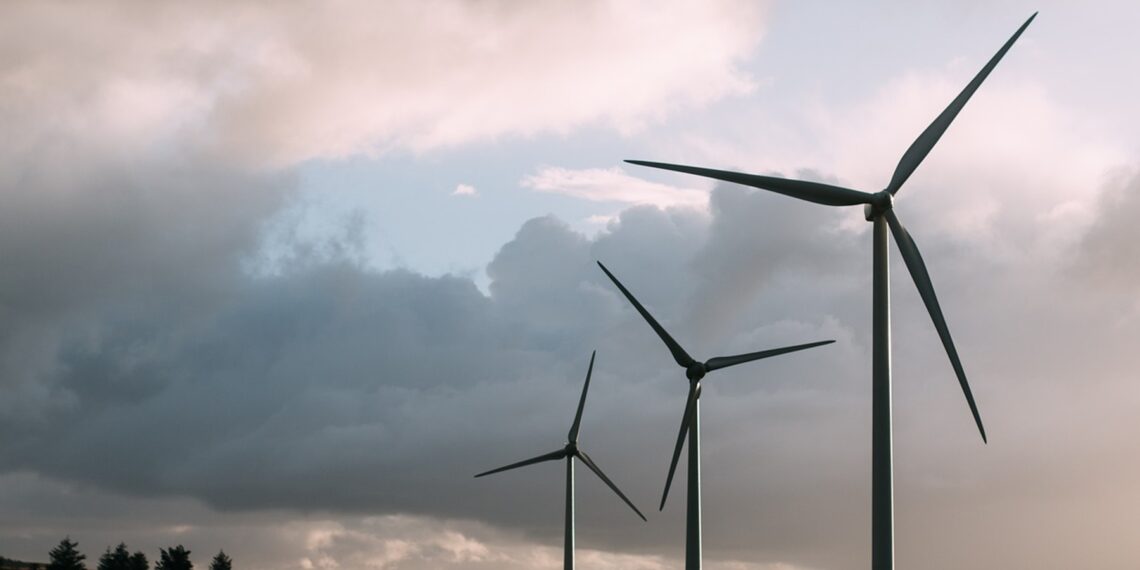By Anandajit Goswami
At the COP26 summit in Glasgow three years ago, India committed to a net-zero emissions target by 2070.
Achieving this ambitious goal will require a significant reduction in coal-based power generation and a shift toward renewable, non-fossil energy sources, with an increase of over 20 percent in renewable energy capacity compared to current levels.
As urban heating due to climate change drives up cooling demands, renewable energy will become crucial in meeting peak electricity demand.
Solar and wind energy will need to be paired with energy storage solutions, such as battery-operated systems, to ensure a steady power supply.
However, the reality on the ground falls short of these goals.
Coal production and coal-based power generation are on the rise, while renewable energy capacity has yet to catch up.
For India to meet its net-zero ambitions, the country’s power distribution companies (discoms) must significantly enhance renewable energy procurement to meet both short- and long-term renewable purchase obligations.
On average, discoms are expected to procure at least 22 percent of their power from renewable sources, with this target increasing to 43 percent by 2035.
However, this can only be achieved if the cost of renewable energy is significantly lower than coal-based thermal power, which remains cheaper in many cases.
The pricing issue is compounded by capacity constraints in India’s grid infrastructure, which makes the generation and transmission of renewable energy challenging.
Many state-owned discoms are in poor financial health, often relying on state government subsidies and occasional central government bail-outs to remain operational.
These financial guarantees have enabled discoms to enter long-term power purchase agreements (PPAs) with private generators, offering fixed purchase prices that provide stability for investors and encourage capital inflow into energy generation.
However, with increasing competition and investments in energy generation, the prices of coal-based thermal power are gradually decreasing.
Additionally, the practice of reverse bidding in renewable energy auctions—where the lowest bidder wins—has further driven down prices, making it more difficult for renewable energy to compete with coal on cost alone.
Recently, discoms and Indian Railways have agreed on a competitive tariff for renewable energy procurement, which is complemented by battery-operated energy storage systems and “round-the-clock” agreements.
This model allows for the generation of solar power during the day, while coal-based thermal power is used at night to ensure a continuous power supply, 24/7.
While discoms may still need a mix of both thermal-based power and renewable energy supported by storage systems, this approach is essential for meeting long-term customer demand.
The combined use of solar energy during the day and stored thermal generation at night can prevent a decrease in the plant load factor of coal-based plants, which would otherwise drive up the cost of thermal power.
One key milestone for India’s path to net-zero emissions is the addition of 500 GW of renewable energy capacity by 2030.
A majority of this capacity will come from solar and wind, with additional contributions from hydro, biofuels, and nuclear energy.
Currently, India’s solar capacity stands at around 89 GW, which will need to be expanded more than five-fold to meet these targets.
This expansion must be supported by sufficient storage capacity and a favourable regulated tariff structure.
In other words, to achieve net-zero, discoms will need to adopt a least-cost procurement strategy, taking into account future energy scenarios, including procurement from power exchanges, offshore wind, battery storage solutions, and interstate energy trading through improved transmission networks.
As India transitions toward renewable energy, it is crucial that the welfare of the people remains at the heart of the process.
The shift to renewables will have broad implications for employment, finances, assets, liabilities, and the livelihoods of discom staff and government stakeholders.
Building consensus among all those affected is essential to ensure the success of this transition.
Decarbonisation efforts can lead to regulatory challenges and tensions between central and state agencies.
For example, the transition may result in short-term increases in power tariffs for consumers.
This could face resistance from groups that have long benefited from cross-subsidies, such as farmers, who have historically received subsidised electricity thanks to political support for high electricity-consuming sectors like agriculture.
Adam Smith’s idea of efficient markets allocating resources through optimal pricing doesn’t fully apply in India’s power sector, where political and social stakes often determine market outcomes.
With persistent subsidies functioning as political patronage, market forces alone do not drive decisions.
For a successful decarbonisation strategy, it is crucial to balance the interests of various stakeholders, including consumers, investors, policymakers, and political agents.
The transition to net-zero should be planned in a way that ensures long-term benefits for all parties, even if short-term costs are incurred.
A people-centric transition is not just a moral imperative—it’s an economic necessity.
Without ensuring that all stakeholders stand to benefit, the pathway to net-zero emissions will be unsustainable.
Only by balancing the need for decarbonisation with the realities of economic and social concerns can India hope to meet its 2070 net-zero target.
Anandajit Goswami is a Professor and Research Director at Manav Rachna International Institute of Research and Studies, Faridabad.
Originally published under Creative Commons by 360info™.
















